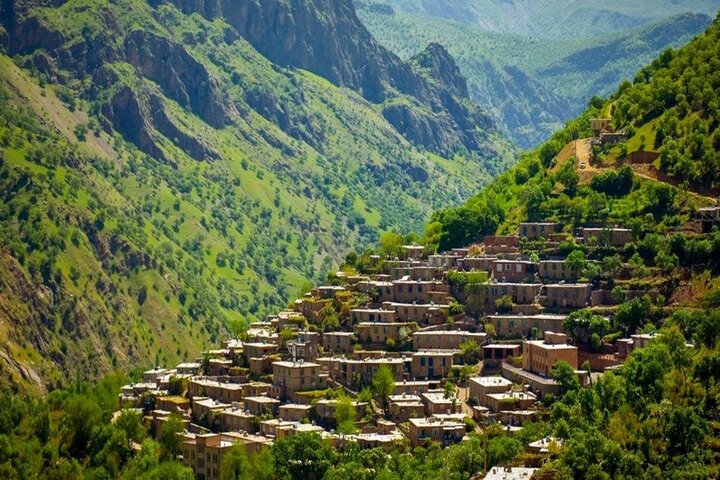Sustainable Rural Tourism High on Agenda,
Deputy Tourism Minister Ali-Asghar Shalbafian has emphasized the importance of developing rural tourism in a way that minimizes environmental, social, and cultural drawbacks.

Speaking on Saturday, Shalbafian underlined thorough planning and expert consultation to safeguard the integrity of rural communities as they transition into tourist destinations.
He made the remarks in a meeting with a host of travel insiders and media personnel held in the ministry headquarters, saying the National Rural Tourism Desk performs a critical role in that regard.
“This body, comprising representatives from government agencies, the private sector, and provincial administrations, is tasked with overseeing the comprehensive development of rural tourism. The aim is to ensure that this growth does not come at the expense of environmental, social, or cultural degradation.”
The deputy minister also pointed to the unique opportunity presented by the annual UN Tourism competition, which recognizes exceptional rural tourism destinations worldwide. Iran has nominated eight villages for this prestigious label: Abyaneh in Isfahan province, Kandovan in East Azarbaijan province, Meymand in Kerman, Kandelus in Mazandaran, Soheili in Hormozgan, Qasemabad in Gilan, Palangan in Kordestan, and Bisheh in Lorestan. These candidates were selected from 130 villages by a working group affiliated with the Ministry of Cultural Heritage, Tourism, and Handicrafts.
“These nominations provide a special platform to showcase our villages on the global stage,” Shalbafian said, adding that recognition from the UN Tourism (formerly known as the UNWTO) could significantly enhance Iran's rural tourism profile.
He emphasized that while Iran's rural areas boast a lot of potential, they have yet to be fully commercialized and transformed into major tourist attractions. To address this, he stressed the importance of both hard infrastructure, such as roads and utilities, and soft infrastructure, including digital content creation and marketing.
Shalbafian noted that one of the key strategies is leveraging digital platforms to promote the villages in line with international tourism standards. This digital push is expected to create a competitive environment for content creation, ultimately leading to better branding and marketing of Iran's rural tourism products. “Introducing our rural capacities in the digital space in accordance with UNWTO standards can be a significant step towards making these villages competitive tourism products and brands,” he remarked.
He further elaborated on the need for product development and content creation in the digital space to transform these villages into new destinations. Highlighting the importance of visibility, Shalbafian stressed that promoting rural capacities on digital platforms in line with international tourism standards could be a crucial step towards achieving competitive content creation for Iran's villages and turning them into branded tourism products.
Shalbafian concluded by describing the National Rural Tourism Desk meeting as an invaluable opportunity for sharing experiences and insights about the selection process for the UNWTO's Best Tourism Villages label. He stressed the importance of highlighting the strengths of these villages to enhance their appeal and competitiveness.
During the meeting, Shalbafian also presented a report on the latest developments that progressed at international tourism meetings held in Spain.
Many Iranian villages offer a unique experience of rural charm and cozy accommodations overwhelmed by warm hospitality.
